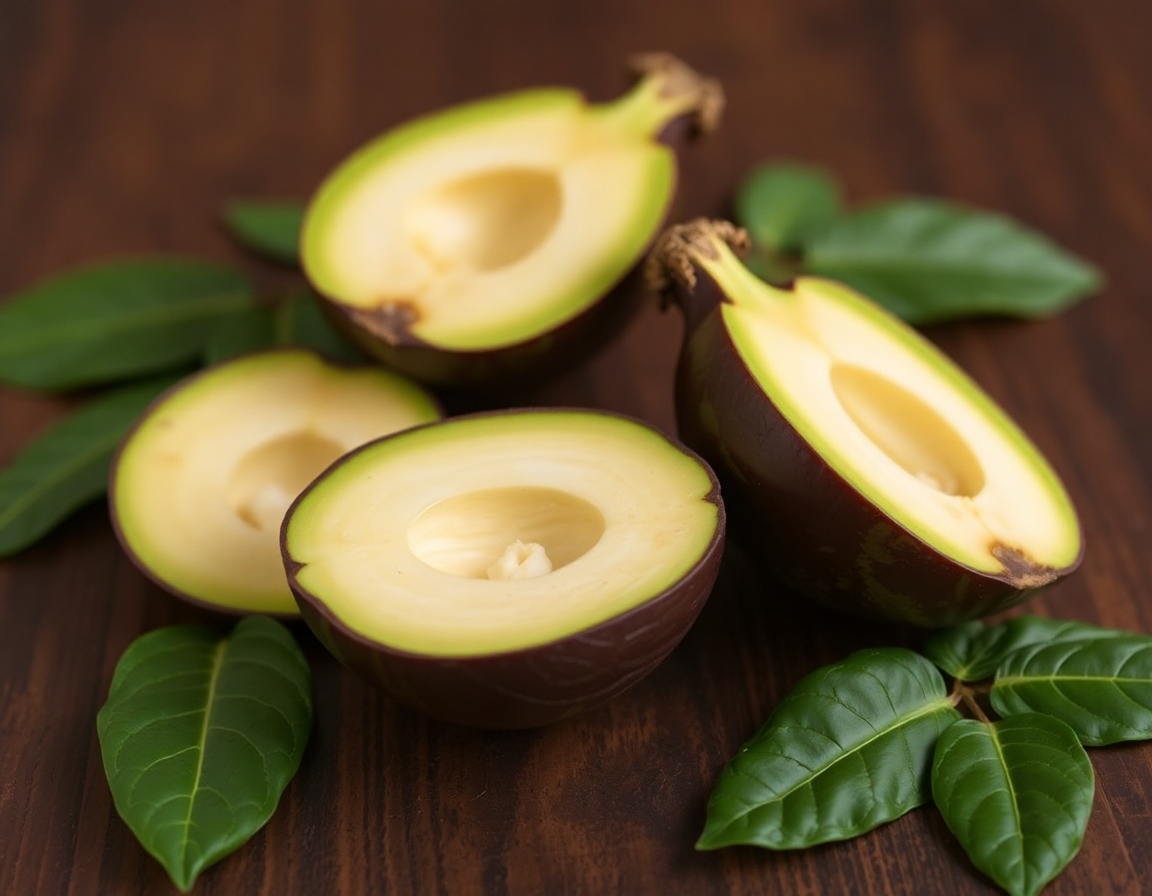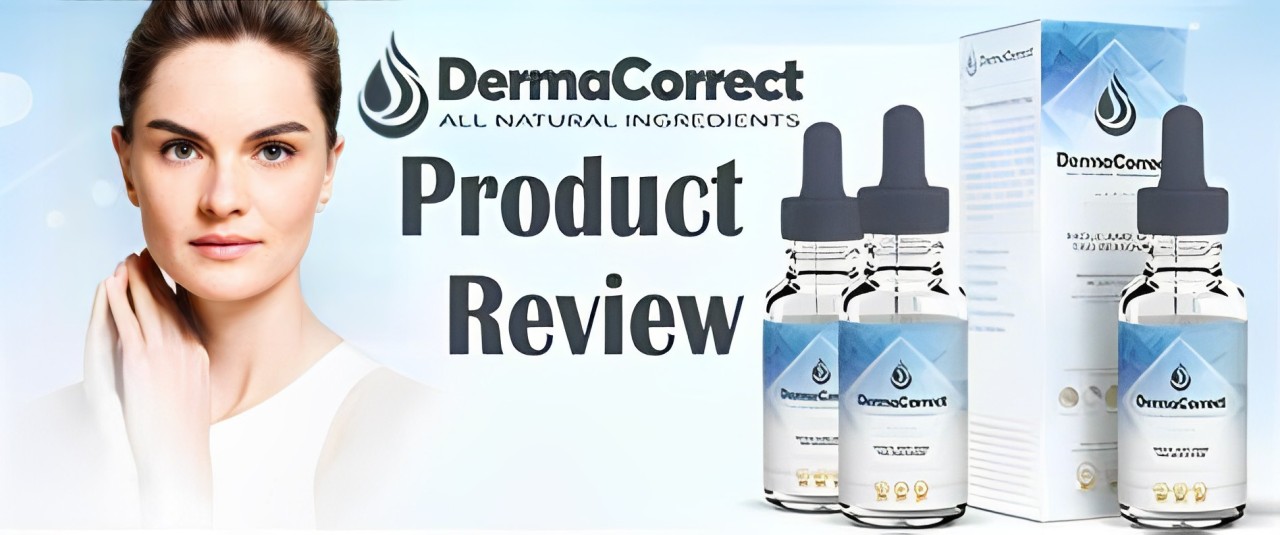Did you know many people have made their own beauty products at home? They come from different careers. Making skin care at home lets people create products that are natural, affordable, and tailored to their needs. This guide will show you how to make your own skin care products easily with simple ingredients and tools.
If you want to fix specific skin issues, control what goes into your products, or just enjoy making things, this article is for you. You’ll learn about the key ingredients for homemade skincare. You’ll also find out how to set up a basic home lab and follow steps to make your own skincare recipes. This will help you take charge of your skin care.
Key Takeaways
- Hundreds of people have successfully made their own beauty products at home
- DIY skin care allows you to create customized, natural, and affordable solutions
- This guide will teach you the steps to easily make your own skin care products
- You’ll learn about essential ingredients, setting up a home lab, and formulating recipes
- Discover the benefits of DIY skin care and why it’s accessible for everyone
Introduction to DIY Skincare
Homemade skincare lets you control the ingredients. You can choose natural, organic, and chemical-free options. This way, you can focus on your skin’s specific needs, like hydrating dry skin or reducing aging signs.
Benefits of Making Your Own Skincare Products
DIY skincare is cheaper than buying products. You can make your own products that fit your skin’s needs. This saves money and gives you the results you want without the high costs of store products.
Why DIY Skincare is Accessible for Everyone
DIY skincare is easy for anyone to start. You don’t need special training or expensive gear. With simple tools like a double boiler and basic ingredients, you can make your own skincare products. It’s a hobby that anyone can try, from beginners to experts.
The ingredients for DIY skincare are easy to find and not too expensive. This makes it possible for everyone to try custom skincare. It lets you control your beauty routine and make products just for you.
Overall, making your own skincare at home has many benefits. It’s easy to start and can be very effective. With basic supplies and creativity, you can make natural skincare products that meet your skin’s needs.
Essential Ingredients for Homemade Skincare
The key to making your own skin care products is choosing top-notch, natural oils and butters. These ingredients are packed with moisturizing, nourishing, and protective qualities. They help keep your skin healthy. Some top oils for skincare include sweet almond oil, coconut oil, rosehip seed oil, and jojoba oil. Each oil has its own benefits like fighting aging, fighting germs, and making skin smooth.
Natural butters for skincare like shea butter and cocoa butter are also great. They give your skin a rich, creamy feel and deeply moisturize it. These plant-based oils and butters are the base for many homemade products. They let you make products that fit your skin type and needs.
Emulsifiers and Thickeners
For making water-based skin care products like lotions and creams, emulsifiers and thickeners are key. Emulsifiers, like emulsifying wax, mix the water and oil parts together, keeping them from separating. Thickeners, such as beeswax, make the product thicker, turning liquids into creamy textures. Choosing and using these ingredients right makes sure your homemade products work well. It’s important for beginners in DIY skincare to know how these ingredients work to make top-quality products at home.
Preservatives for Water-Based Products
Preservatives are crucial for water-based homemade skin care products. Water can grow harmful germs, mold, and fungus, which can make your products unsafe and short-lived. A gentle, natural preservative like Neodifend stops these germs from growing. This keeps your homemade creams, serums, and lotions fresh and safe. It’s important to preserve products right to avoid health risks. Even if some DIY fans skip preservatives, adding a bit of a gentle, organic one is key for making products that last.

Setting Up a Basic Home Skincare Lab
Creating your own skincare products at home is easy and doesn’t need a big, costly setup. With just a few key tools, you can turn a small area in your home into a DIY skincare lab. These tools let you make professional-quality products from your own space.
Necessary Equipment and Tools
You’ll need a few important items to start:
- A double boiler system for heating ingredients safely
- A handheld immersion blender for mixing well
- Accurate measurement tools like cups and spoons
- A pH meter to check if your products are just right
Also, having some basic tools like spatulas, pipettes, and storage containers will make your DIY skincare process easier.
| Equipment | Recommended Specifications |
|---|---|
| Scale | 3000g capacity, 0.1g accuracy; optional 500g, 0.01g accuracy |
| Measuring Spoons and Beakers | 6-12 stainless steel spoons, 5ml to 600ml beakers |
| Blending Tools | Handheld immersion blender, 8-wire whisk |
| Heating Equipment | Electric cooktop with dual elements, water bath/bain-marie |
| Safety Gear | Gloves, safety glasses, apron, pH strips, pipettes |
With these basic tools and equipment for making skincare at home, you’re ready to start making your own high-quality products. Keep your workspace clean and follow safety rules for a successful DIY skincare journey.
Step-by-Step Guide to Making Skincare Products
Making your own skin care products at home is a step-by-step process. First, you need to research the ingredients and their benefits. This helps you create recipes that work well together.
After picking your ingredients, like oils and botanicals, you can mix them in different ways. This lets you control the texture, smell, and benefits of your products.
Formulating Skincare Recipes
When making homemade skincare recipes, using the right techniques is key. You need to control the temperature and blend ingredients carefully. Adjusting the pH level is also important.
This careful planning helps you make products that meet your needs and preferences. You can create unique skincare products at home.
Proper Techniques and Safety Measures
It’s vital to follow safety steps when making skin care products at home. Keep your workspace clean and wash your hands before starting. Use just enough heat to keep ingredients safe.
Use precise measurements and blending methods for the best results. A double boiler and immersion blender are helpful tools. Also, check the pH of water-based products and store them right to keep them fresh.
By following these steps and safety tips, you can make safe, effective DIY skincare products at home.
How to Make Skin Care Products at Home Easy
Making your own skin care products at home is easy and fun. It doesn’t have to be hard or complicated. Start with simple recipes and a few key ingredients. Then, you can try more complex products later.
First, learn to make face oils, body butters, and gentle cleansers. Then, move on to making serums, toners, and more. Having the right tools and following safety steps makes it easier. Online resources can also help guide you.
Don’t be afraid to try new things and make mistakes. With practice, you can make skin care products that work great for you. Just use simple ingredients and be creative. You can make easy DIY skincare solutions that fit your skin perfectly.
“DIY skincare allows me to have complete control over the ingredients in my products, ensuring they’re gentle, effective, and tailored to my skin type.”
There are many reasons to make your own skin care products. You might want to save money, help the environment, or just enjoy making something yourself. Making skin care products at home is rewarding and easy. So, why not try it and see how great it feels?

| Ingredient | Quantity |
|---|---|
| Orange flower water (or rosewater or distilled water) | 1 cup |
| Tangerine essential oil (or rose essential oil or the essential oil of your choice) | 2 drops |
| Vitamin E oil | 1/2 teaspoon |
| Sweet almond oil (or apricot or grapeseed oil) | 3/4 cup |
| Coconut oil | 1/3 cup |
| Liquid lanolin | 1/4 teaspoon |
| Grated beeswax | 1 ounce |
Follow these easy steps and use common ingredients to make your own skin care products at home. Start your easy DIY skincare journey and enjoy making your own products that are perfect for your skin.
Beginner-Friendly DIY Skincare Recipes
Starting with DIY skincare? Begin with simple recipes like face oils and serums. These recipes help you gain confidence and skills. Face oils blend oils like jojoba, rosehip, and argan for deep hydration and nourishment.
These DIY face oil recipes are light and soak into the skin easily. You can adjust them to fight fine lines, wrinkles, or boost skin glow.
Simple Face Oil or Serum
Homemade facial serums use strong ingredients like vitamin C or retinol for specific skin problems. Making your own serums lets you control the strength and mix of these ingredients. This is a great way for beginners to learn and try more complex recipes.
Moisturizing Body Butter or Lotion
Creating DIY body butter recipes and homemade lotions is also a good start for beginners. Body butters with shea butter and coconut oil moisturize dry skin deeply. You can add more ingredients like essential oils to help with stretch marks, cellulite, or eczema.
Homemade lotions mix water with oils and butters for a light, absorbable moisturizer. Trying out these recipes helps beginners improve their skills. It also lets them make effective, nourishing products for all over the body.
“Crafting your own skincare products at home allows you to control the quality and potency of the ingredients, creating customized formulations that cater to your unique skin needs.”
Customizing and Troubleshooting Your Formulations
As you dive into DIY skincare, you’ll want to customize your products. This means looking at ingredients and mixing them in ways that work for you. You might add more hydrating oils to a face oil or use salicylic acid to fight blemishes.
Troubleshooting is part of the DIY skincare journey too. You might face issues like separation or unexpected reactions. By looking into these problems and adjusting your recipes, you can make better products. This way, you learn how to make homemade skincare that really works.
Here are some tips for customizing and fixing your skincare products:
- Try different mixes of ingredients to find what’s best for your skin.
- Use trusted sources to learn about ingredients and how to fix problems.
- Keep track of your recipes and changes to figure out what went wrong.
- Don’t give up – making great DIY skincare products takes time and effort.
“The key to successful DIY skincare is not just about following recipes, but understanding the science behind the ingredients and how they interact with your unique skin.”
Customizing and fixing your skincare is about exploring, learning, and finding what’s right for you. With some trial and a lot of effort, you can make customized skincare products that really help your skin.
Packaging and Storing Homemade Skincare Products
After making your own skincare products, you need to package and store them right. Use containers like airless pumps, dark glass bottles, and opaque jars to keep them safe from light, oxidation, and germs.
Label each product with the ingredients, when you made it, and when to use it. This way, you can keep track of how fresh it is. Keep your homemade skincare in a cool, dark spot, away from heat and dampness. This keeps them working well for longer.
- Opt for packaging that blocks light to protect sensitive ingredients like oils
- Choose containers made of materials like glass or PET to prevent reactions with acidic compounds
- Utilize squeezable packaging like tubes for easy application of gels and creams
- Prioritize BPA-free and eco-friendly containers to align with health and environmental concerns
- Ensure labels are discoloration-resistant, moisture-resistant, and oil-resistant for optimal product presentation
- Maintain brand consistency with labeling that reflects your unique identity
Choosing the right packaging for DIY skincare and storing homemade skincare right can make your products last longer and stay fresh. Paying attention to these details lets you enjoy your homemade skincare fully.
Conclusion
Making your own skin care products at home is rewarding and empowering. It lets you take charge of your beauty routine. You can easily make products that meet your skin’s specific needs and likes.
DIY skincare offers many benefits. You control the purity and effectiveness of your products. You also get to make treatments that are just for you.
With patience and a bit of research, anyone can become a pro at making skincare at home. This opens up a world of natural, affordable beauty solutions. It’s a great way to save money and enjoy the creative process.
By changing your skincare routine and trying homemade products, you can save money and help the environment. You’ll use natural ingredients that are good for your skin. Making your own skincare is a powerful way to take care of yourself.
FAQ
What are the benefits of making your own skin care products at home?
Making your own skin care products at home gives you full control over the ingredients. You can customize them to target your specific skin concerns. It’s also more budget-friendly and lets you create natural, organic, and chemical-free products tailored to your needs.
What are the essential ingredients for homemade skincare?
Essential ingredients for homemade skincare include natural oils and butters. Think sweet almond oil, coconut oil, rosehip seed oil, jojoba oil, shea butter, and cocoa butter. These plant-based ingredients are key for moisturizing, nourishing, and protecting your skin.
What equipment and tools are needed to set up a basic home skincare lab?
For a basic home skincare lab, you’ll need a double boiler for heating ingredients gently. A handheld immersion blender for mixing, accurate measurement tools like cups and spoons, and a pH meter to check the acidity level of your formulas.
What is the process for creating your own skin care products at home?
Making homemade skin care products starts with researching natural ingredients and their properties. Then, you pick your key ingredients and mix them in the right ratios. Use proper techniques like temperature control, blending methods, and pH adjustment to create effective formulas.
What are some beginner-friendly DIY skincare recipes to start with?
Beginners should start with simple recipes like face oils and serums. Face oils blend nourishing oils for deep hydration. Serums use concentrated ingredients to address specific skin issues.
How can you customize and troubleshoot your homemade skincare products?
As you get more experience, customize your skincare by experimenting with ingredients. Adjust ratios and combinations to meet your skin’s needs. Troubleshoot issues like separation or unexpected reactions with a careful approach.
How should you properly package and store homemade skincare products?
Proper packaging and storage are key to keeping your homemade skincare products effective and fresh. Use containers like airless pumps, dark glass bottles, and opaque jars to protect them from light and contamination. Label and store them in a cool, dark place to extend their shelf life.















